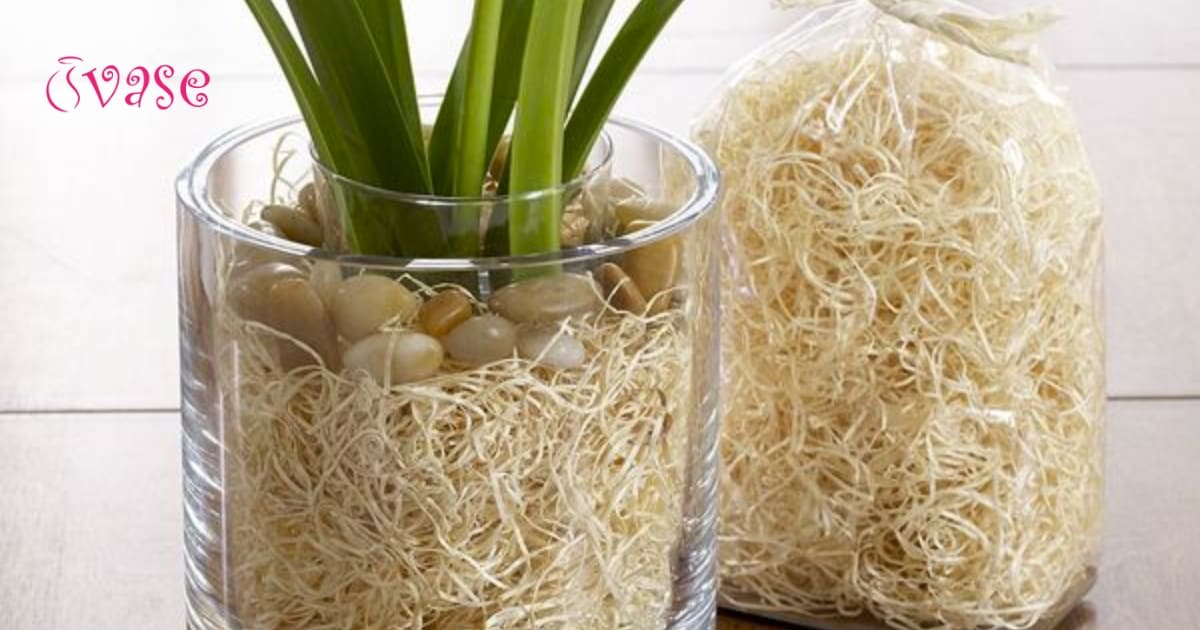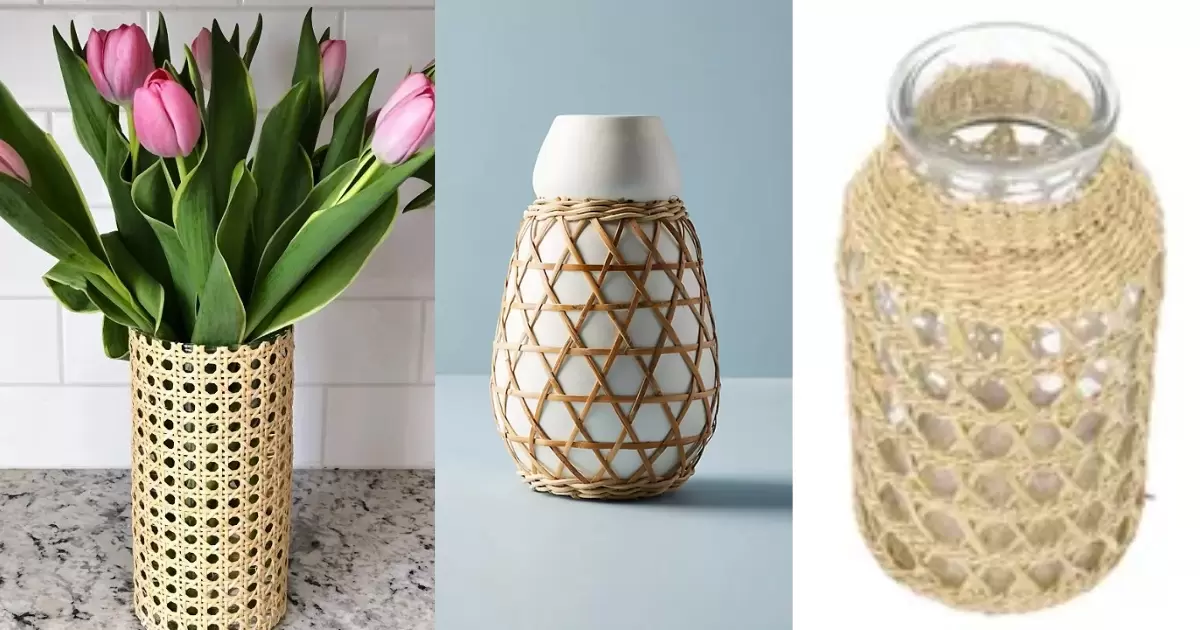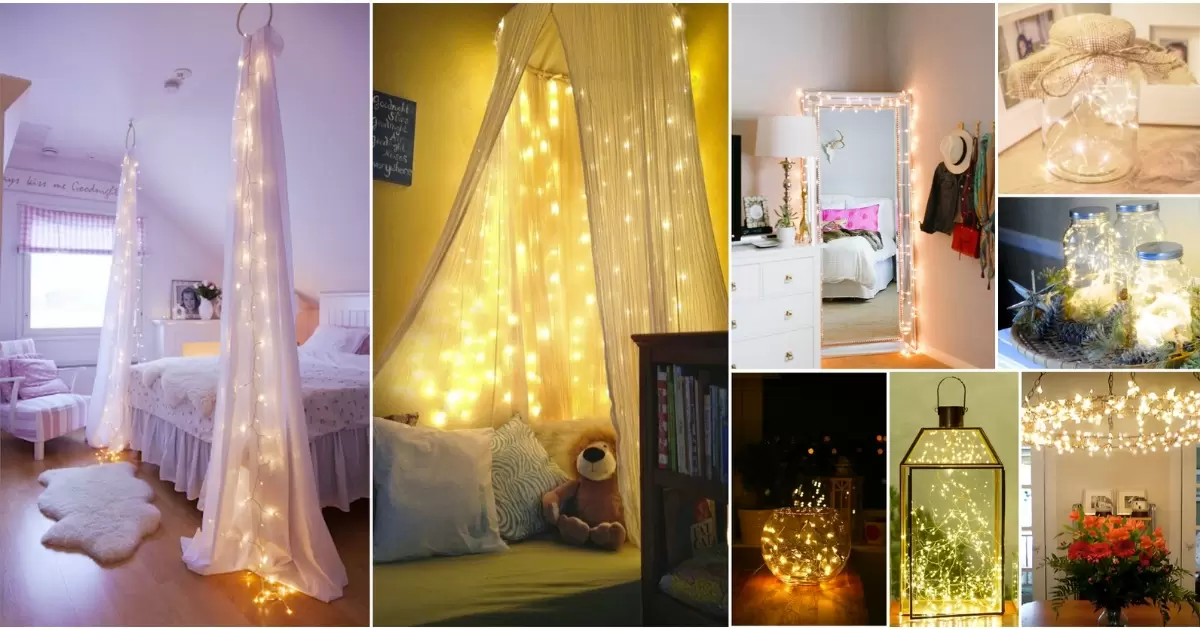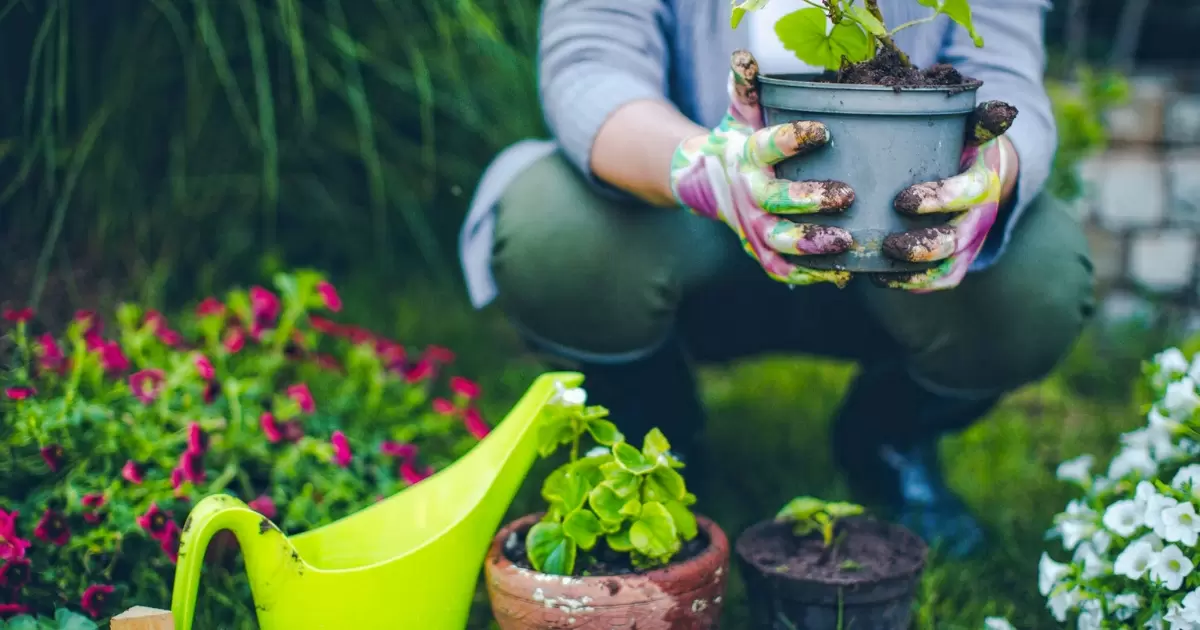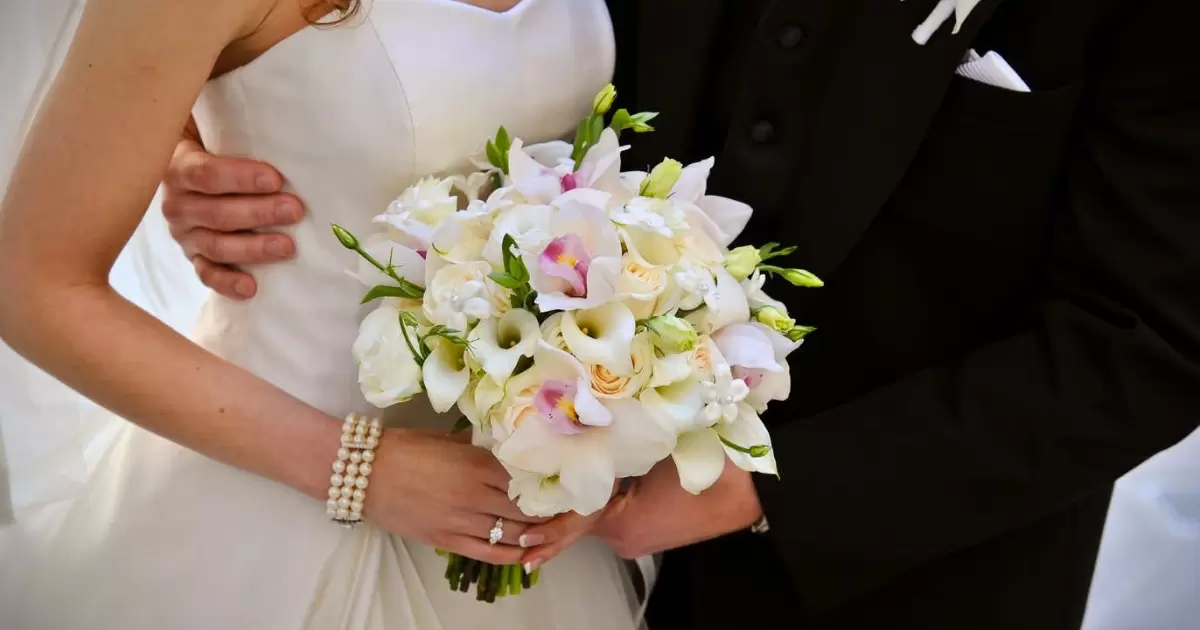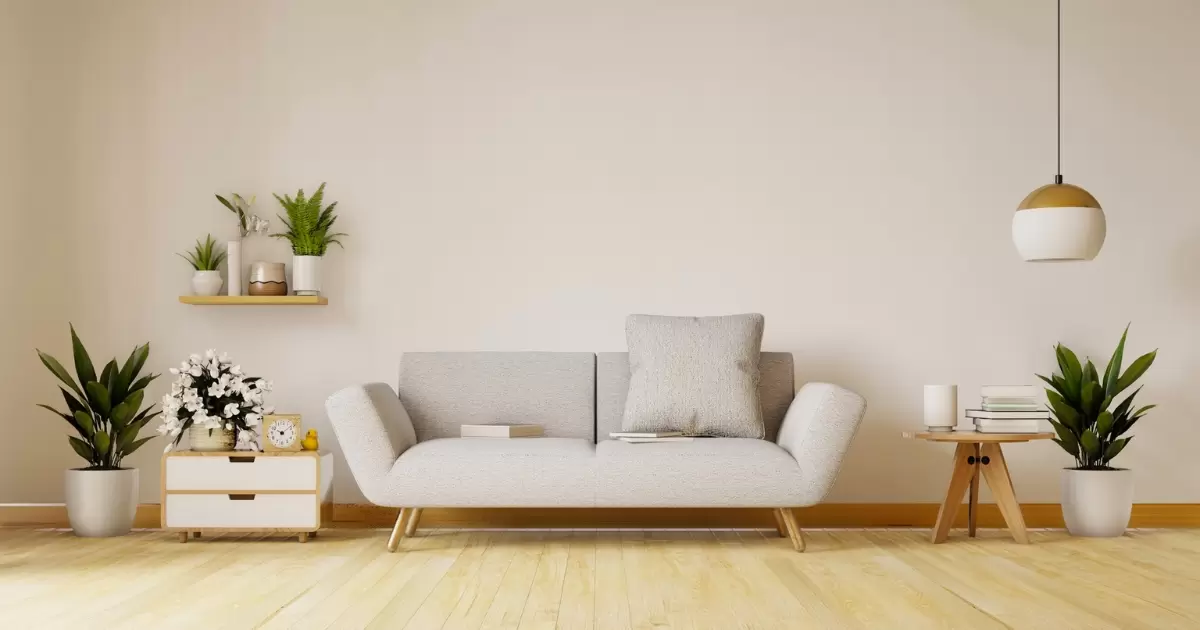Fake flowers in clear vases look best when the vase has something at the bottom to anchor them. Pebbles, beads, marbles, or river rocks work well to weigh down the stems and hold the arrangement in place. Sand can also be used, but it should be colored to complement the flowers so it doesn't show through the clear glass.
Fake flowers need support. What to put in the bottom of a clear vase with fake flowers is important. Pebbles or beads anchor stems. Sand or rocks weigh down arrangements. Leaves and moss hide bases and complete the look. But what to put in the bottom of a clear vase with fake flowers needs thought.
A clear vase lets you see through to the bottom. So what you put there matters. Fake stems make them look unanchored and floating. Adding weighted fillers anchors the stems. Pebbles, marbles, and beads work well. They hold the arrangement in place. Sand can work too, but it shows through the glass. The goal is to build secure support. This lets the fake flowers stand straight and tall.
To Complement Your Flowers and Plants
Fillers elevate overall arrangements. Their colors should integrate with floral hues. Match fillers to flower types and schemes. Cool tones suit orchids and roses. Earth tones fit wildflowers and foliage. Contrasting colors make dramatic statements. Textures of fillers also complement flowers. Smooth glass beads pair with delicate blooms.
Natural jute suits wild, unstructured stems, while moss enhances the organic look of leaves and ferns. Wood chips seamlessly match branches and woody plants, and marbles provide a striking contrast to heavily veined petals. Wondering how long water beads last in a vase? Mix different elements for depth and interest, varying the shapes of pebbles, beads, and crystals.
Why Use Vase Fillers?
Fake flowers need support to stand up properly. Their stems are light and flimsy. Without added weight, arrangements easily topple over. Fillers anchor stems for stability. They keep bouquets organized and upright. Fillers also elevate arrangements. Lifted flowers are more visible. Height puts focus on the blossoms themselves. Elevation enables fuller, billowy shapes.
1. Acrylic Pearls: Acrylic pearls are synthetic beads with a glossy finish, perfect for crafting and decoration. They come in various sizes and colors, adding a touch of elegance to jewelry, DIY projects, or home decor.
2. Acrylic Rocks: These imitation rocks are made of acrylic and mimic the appearance of real stones. Lightweight and durable, acrylic rocks are popular for landscaping, aquariums, and artistic displays, offering a cost-effective alternative to natural rocks.
3. Aqua Gel Beads: Aqua gel beads are small, water-absorbent spheres that expand when soaked in water. Commonly used for floral arrangements and vase fillers, these beads create a unique and colorful decorative element.
4. Coloured Sand: Coloured sand is a versatile material for art and craft projects. With a spectrum of vibrant hues, it's ideal for creating colorful sand art, filling vases, or adding a creative touch to decorative bottles and jars.
5. Glass Stones: Smooth and polished, glass stones are decorative gems available in various sizes and colors. Used in floral arrangements, home decor, and aquariums, they add a sparkling and elegant touch to any setting.
6. Glass Pebbles: Glass pebbles are small, rounded glass pieces often used in mosaic art, landscaping, or as vase fillers. Their translucent nature allows light to pass through, creating a beautiful and luminous effect.
7. Glass Marbles: Glass marbles are classic spherical decorative items that come in various sizes and patterns. They are commonly used in board games, crafts, or as vibrant accents in floral arrangements and centerpieces.
8. River Pebbles: Natural and smooth, river pebbles are small stones collected from riverbeds. Ideal for landscaping, they provide a rustic and earthy touch to gardens, pathways, and water features.
9. Shells: Shells are natural wonders from the sea, cherished for their unique shapes and textures. Used in crafts, home decor, and beach-themed projects, shells bring a coastal and nautical vibe to various creations.
10. Coloured Pebbles: Vibrantly hued, colored pebbles are decorative stones that come in a range of bright colors. Perfect for adding a pop of color to gardens, terrariums, or floral arrangements, they are a playful and eye-catching element.
A Variable Design Technique
|
Aspect |
Description |
|
Definition |
A variable design technique is a creative approach in which certain elements or parameters vary, allowing for flexibility and adaptability in the design process. |
|
Key Features |
The technique enables designers to experiment and adjust variables, accommodating changes or optimizations. |
|
It allows for customization based on specific needs, ensuring the design meets varying requirements. |
|
|
Application Areas |
Used to create diverse visual elements by altering colors, fonts, or layouts dynamically. |
|
Employed for responsive design, where layouts adjust based on screen sizes and device types. |
|
|
Benefits |
Encourages creative thinking and the exploration of multiple design possibilities. |
|
Streamlines the design process by providing a framework that can be easily adapted to different scenarios. |
|
|
Challenges |
Managing multiple variables can be challenging, requiring careful consideration and testing. |
|
Maintaining a cohesive design while allowing for variability can be a delicate balance. |
|
|
Examples |
Changing color schemes to evoke different moods or cater to diverse audiences. |
|
Adjusting the layout grid dynamically to ensure optimal presentation across various devices. |
Design Differently Every Season
Flowers reflect the seasons. Fake arrangements can too, with clever fillers. In spring, use pastels and delicate textures. Eggshell-glass beads evoke new beginnings. Jute ribbons welcome back warmth. Replicate nests with twigs and airy moss. Send hopeful spring messages. Shift to richer reds and greens for summer. Try wood bark chunks and chips in hot July hues.
Intertwine vines or raffia for movement and whimsy. Decorate the sand layers with shells. Select pebbles in ocean blue and sea glass green. It reminds me of carefree, seaside summer days. When winter comes, sparkle clear vases with silver and crystalline mixes. Accent red winter berries with crackled ice beads and snowy velvet sprigs. Sprinkle in pine cones or miniature wood slices. Bring cozy, firelit nights inside.
Easy to Store When Not in Use
When the display ends, save unused fillers. Clean thoroughly first for storage. Check pebbles and marbles for hidden debris. Remove all traces of water from the river rocks. Discard perishable moss or leaves. Air-dry beads, crystals, and shells completely. Then store, sorted by type, in labeled bins, bags, or jars.
Ensure the safekeeping of your filler particles at the bottom of a clear glass vase. Store smooth marbles and faceted beads separately for added protection, using nest plastic bins to corral odd shapes. Seal containers tightly, attach photos for identification, and mark weights. Neatly store on shelves, not the floor, for easy access when inspiration strikes again.
Frequently Asked Question
What can I put in clear vase to hide stems?
Decorative vase fillers like glass beads, river rocks, or colored sand are great for concealing stems in a clear vase, adding style to your floral arrangement.
What do you put in clear floor vase?
Use tall decorative branches, dried reeds, or artificial botanicals to create visually appealing arrangements in a clear floor vase, and consider adding LED string lights for an elegant touch.
How do you keep water clear in a vase?
To keep water clear, use fresh water, regularly change it, trim stems at an angle, and consider adding flower preservatives or a touch of bleach to prevent bacterial growth.
How do you waterproof fake flowers?
Waterproof fake flowers by applying clear silicone sealant at the stem base or using a waterproof spray over the entire flower, allowing it to dry completely before placing it in water. Avoid extended submersion to maintain longevity.
Conclusion
Fillers serve a great purpose. They elevate and anchor fake flower arrangements beautifully. Sand and pebbles weigh down light stems in water or foam. This creates stability for proper positioning in vases. Carefully coordinate colors and textures with floral choices next time. Let fillers enhance the flowers on display.
Changing filler materials transforms the same vases easily with seasons or for special events. Store sorted embellishments properly in between to protect and organize interesting components well for reuse whenever desired or needed in the future.
.png)
